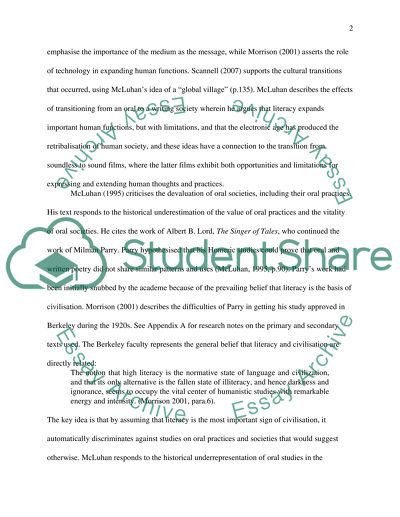Cite this document
(“Visual and Cultural Theory Essay Example | Topics and Well Written Essays - 2000 words”, n.d.)
Visual and Cultural Theory Essay Example | Topics and Well Written Essays - 2000 words. Retrieved from https://studentshare.org/visual-arts-film-studies/1484418-visual-and-cultural-theory
Visual and Cultural Theory Essay Example | Topics and Well Written Essays - 2000 words. Retrieved from https://studentshare.org/visual-arts-film-studies/1484418-visual-and-cultural-theory
(Visual and Cultural Theory Essay Example | Topics and Well Written Essays - 2000 Words)
Visual and Cultural Theory Essay Example | Topics and Well Written Essays - 2000 Words. https://studentshare.org/visual-arts-film-studies/1484418-visual-and-cultural-theory.
Visual and Cultural Theory Essay Example | Topics and Well Written Essays - 2000 Words. https://studentshare.org/visual-arts-film-studies/1484418-visual-and-cultural-theory.
“Visual and Cultural Theory Essay Example | Topics and Well Written Essays - 2000 Words”, n.d. https://studentshare.org/visual-arts-film-studies/1484418-visual-and-cultural-theory.


